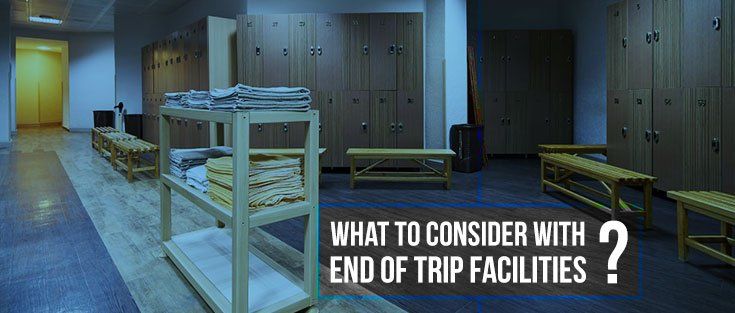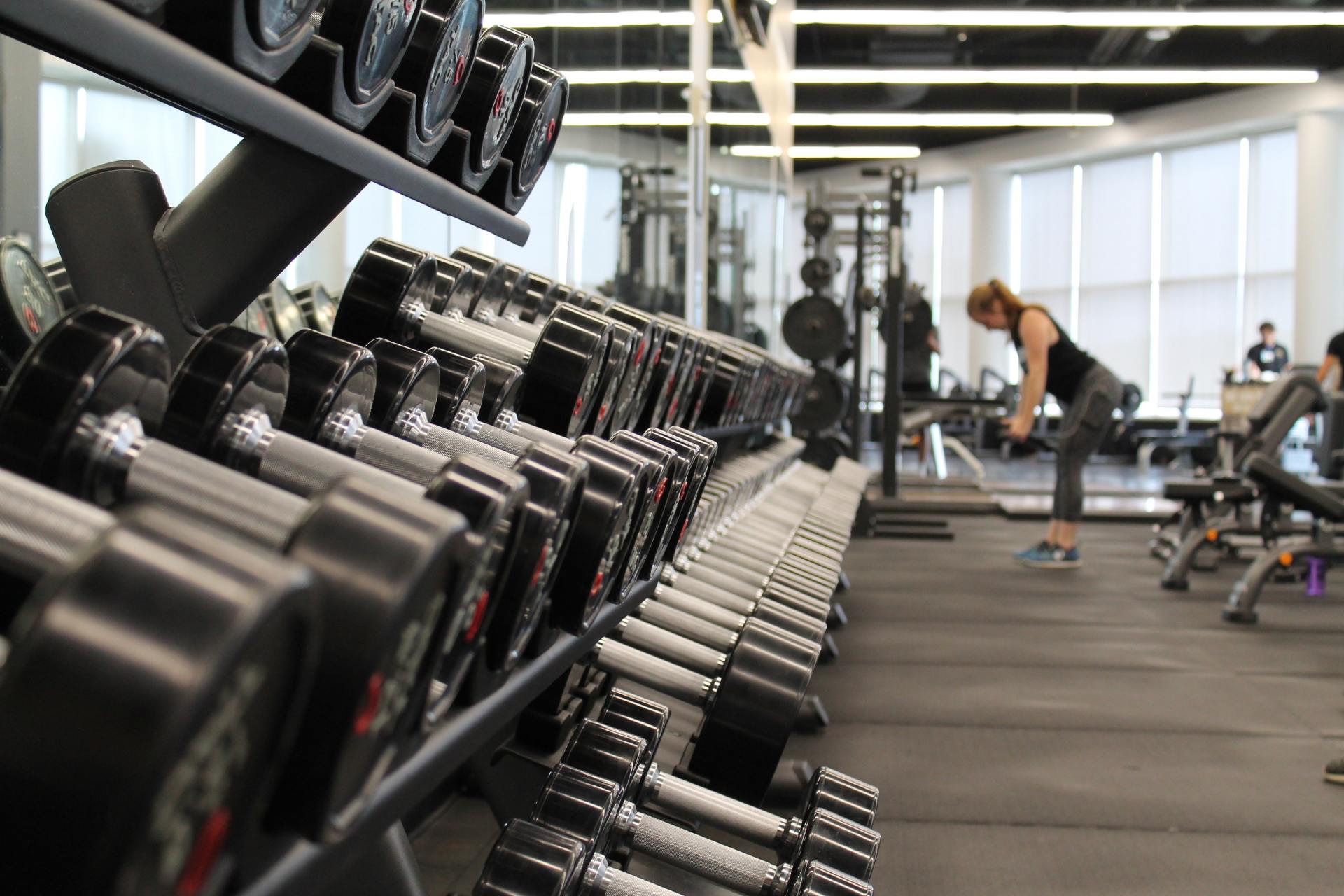What to Consider with End of Trip Facilities?
David Gould • April 24, 2019
What to Consider with End of Trip Facilities?

Forward-looking employers are offering end-of-trip facilities to employees as incentives for commuting to and from the workplace using non-motorised transport.
EoT facilities usually comprise keyless lockers, showers, bike parking and changing rooms. Although end-of-trip resources are usually meant for bicyclists, those jogging or walking to office can also use the services.
End-of-trip facilities
are catching on as these are benefiting businesses, landlords, clients, employees, and tenants. It’s worthwhile to take note of the implications of EoT services.
Pros and Cons
With the rise in the number of people walking, pedaling or jogging to the office, greenhouse gas emissions have significantly reduced, which means a reduced impact on the environment. Employees find electronic day lockers quite safe for securing valuables.
Lockers with smart access control mechanisms are also easier to operate and handle. However, companies will need sufficient space for providing EoT services that’ll eventually enhance costs. Additionally, having shower booths mean increased water consumption and consequently higher utility bills.
Operational Costs
The cumulative outlay on end-of-trip facilities may easily exceed the amount employers normally pay for car parking. The companies will not only have to invest in real estate but also on an array of facilities such as shower heads, shower curtains, fittings, lockers etc.
Savings
When workers walk or pedal, they save on the amount they’d have expended on fuel, had they commuted by cars. Businesses that encourage their employees to use sustainable transportation methods also make savings on several fronts. They don’t have to reimburse the conveyance or vehicle servicing charges.
Boosts Productivity
Employees using sustainable transport for commuting tend to stay in good physical shape. Walking, jogging or bicycling keeps them energetic and lively, stimulating them to give their best. As a result, productivity receives a boost which in turn improves the organization’s bottom line.
Bike Storage Considerations
Businesses will have to provide storage for bicycle parking, which can take up a lot of space. Businesses can opt for two-tiered or vertical bicycle stacking systems for making the most of the available space. In the same way, companies can install space-saving lockers, changing facilities, and showers.
Changing rooms and shower cubicles can be set up near or adjacent to interior bike racks for optimum space utilisation.
Maintenance Considerations
Excepting the two-tiered type, the various forms of bike racks are almost maintenance free. Nevertheless, shower booths, drying areas, and changing facilities will need regular upkeep for keeping them usable.




